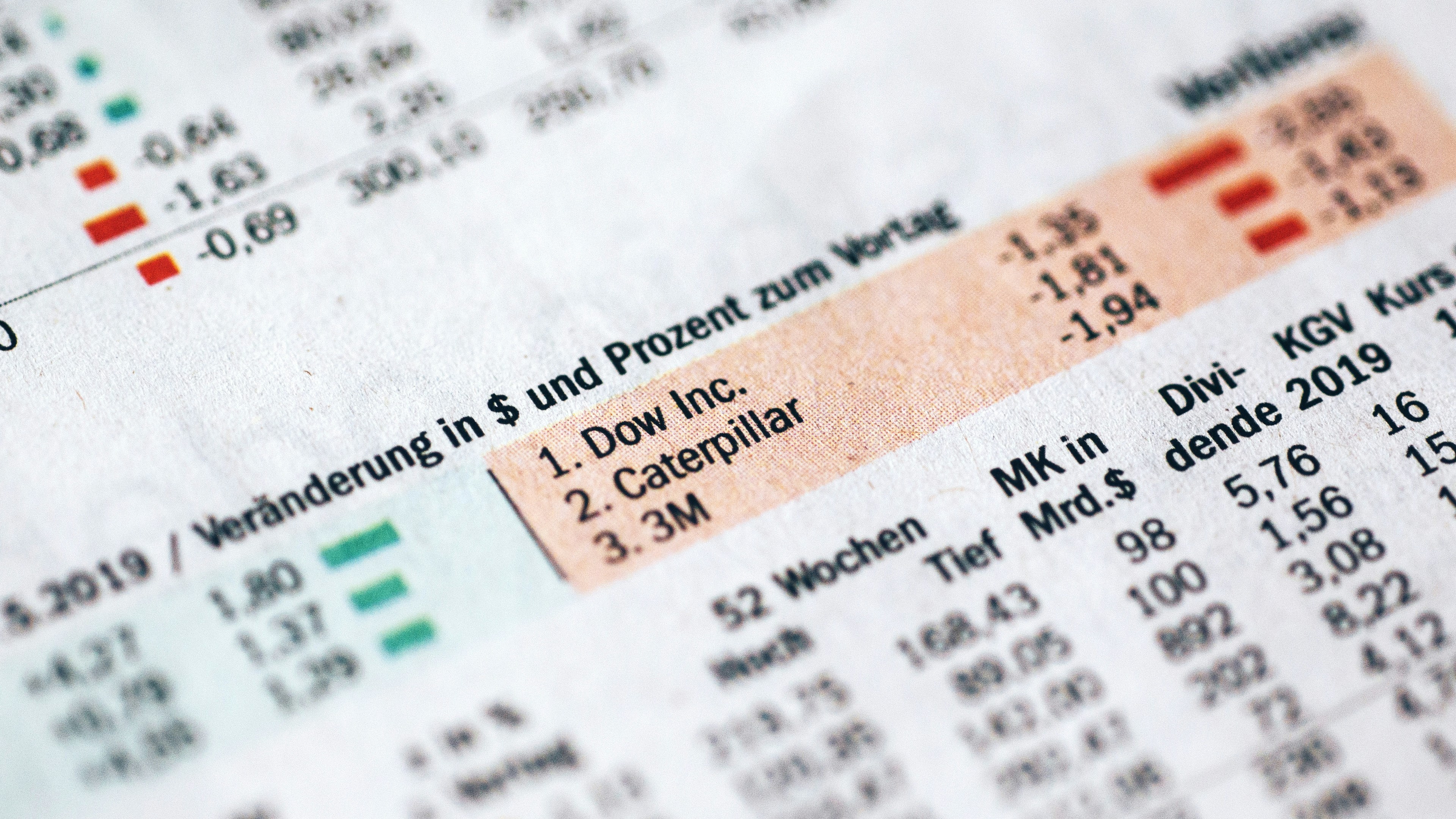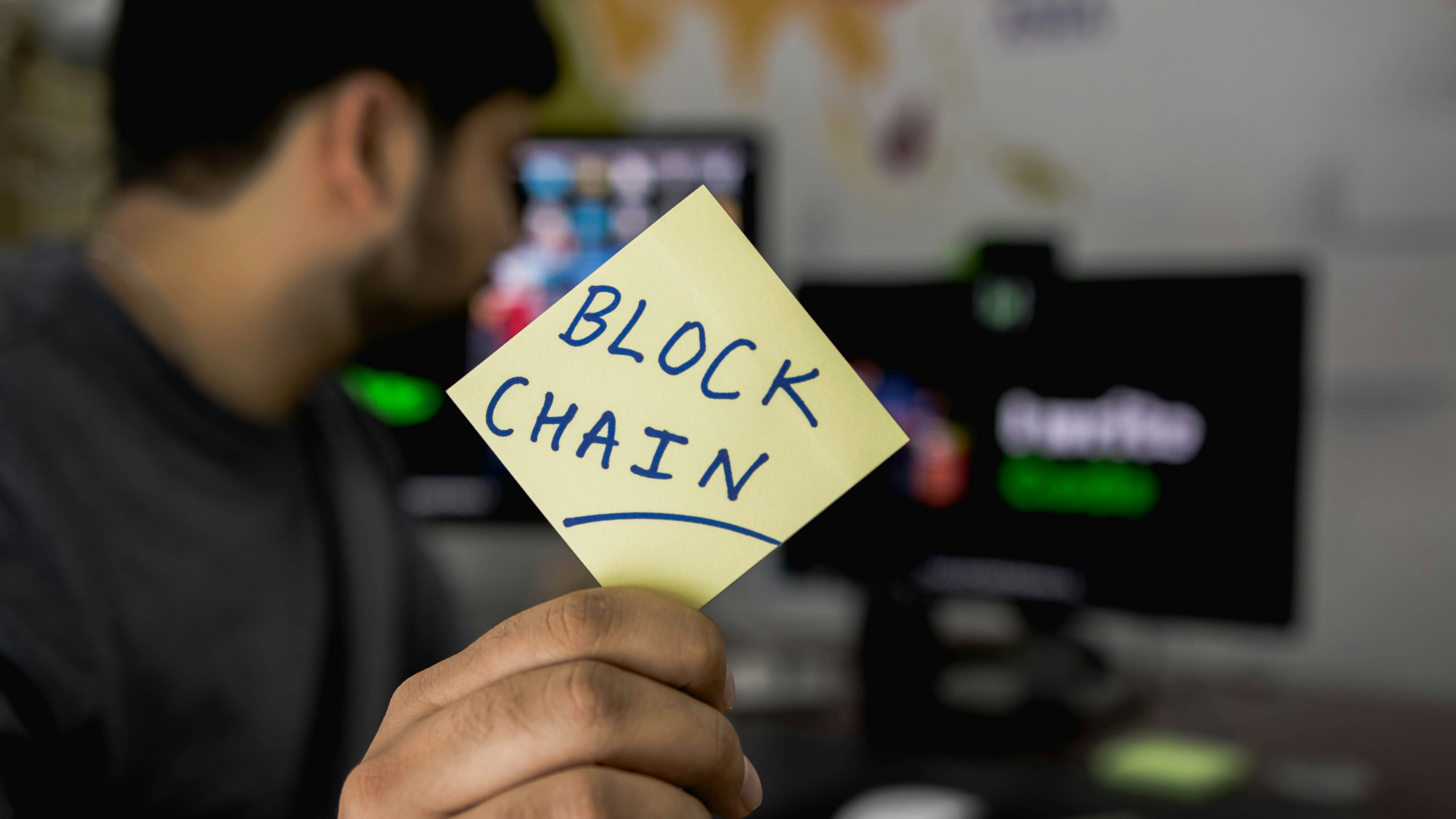Introduction to AI in Digital Studios
The incorporation of artificial intelligence (AI) into digital studios marks a significant evolution in the realm of creative fields. In recent years, advancements in AI technology have not only transformed traditional processes but also opened new avenues for content creation. This evolution facilitates the seamless conversion of text into engaging video formats, thereby changing how creative professionals approach their work. By leveraging AI algorithms, digital studios can automate various aspects of the production process, allowing creators to focus more on ideation and less on the technicalities of production.
AI technologies such as natural language processing and machine learning enable digital studios to analyze and understand textual content effectively. For instance, these technologies can identify relevant themes, visualize narratives, and generate corresponding visual elements. This capability drastically reduces the time required for video editing and production, enhancing overall efficiency. As a result, creators can explore innovative storytelling techniques, ensuring their narratives resonate with diverse audiences.
<pfurthermore, a="" advancements="" ai="" ai-powered="" also="" and="" artificial="" artistic="" automation.="" between="" beyond="" boundaries="" but="" by="" can="" collaborative="" consume="" content="" content.
Visual Interface and User Experience
The design of the visual interface in AI-powered digital studios plays a crucial role in the overall user experience, ensuring that the process of transforming text into video is both efficient and engaging. Central to this experience are elements such as streaming visuals, intuitive progress bars, and virtual cameras. Each component contributes to a fluid interaction, enabling users to seamlessly navigate through the creative process.
Streaming visuals act as a dynamic canvas, providing users with real-time feedback as they transform text into video. This instantaneous visual representation not only helps users visualize their ideas but enhances the storytelling aspect by allowing them to see how the narrative evolves. Such an engaging interface keeps users motivated and focused on the creative task at hand.
Furthermore, the intuitive progress bars facilitate a clear understanding of the workflow, effectively guiding users through different stages of video creation. These progress indicators help alleviate any confusion, enabling users to focus on refining their content instead of grappling with technicalities. The design emphasizes clarity, allowing creators to invest their energy into enhancing their narratives rather than managing complex software functionalities.
Additionally, virtual cameras embedded within the interface empower users to implement various camera angles and movements, enriching the storytelling experience. This feature allows creators to experiment with perspectives, ensuring that the final product not only conveys their intended message but also captivates the audience. Ultimately, these elements work in harmony to foster an environment where creativity can flourish, transforming the often daunting task of video creation into an interactive session of invention.
By concentrating on the visual interface and user experience, AI-powered digital studios are significantly improving the efficiency and enjoyment of transforming text into video. As technology advances, the emphasis on user-friendly design will continue to reshape how creators approach their projects, paving the way for new possibilities in digital storytelling.
The Technology Behind AI Text-to-Video Transformation
The advancement of AI text-to-video transformation relies on several cutting-edge technologies that meticulously work together to interpret textual input and create matching visual content. At the core of this process is natural language processing (NLP), a field of artificial intelligence that enables machines to understand, interpret, and generate human language. NLP techniques dissect sentences into their components, analyze grammatical structures, and extract meaning, which is crucial for converting text into high-quality video narratives.
Machine learning algorithms play a pivotal role in refining how AI systems learn from data. These algorithms utilize vast datasets comprising text and corresponding visual elements to train the AI on identifying patterns and associations between the two modalities. As the AI encounters more diverse examples, it becomes increasingly adept at predicting what visual scene corresponds to a given piece of text. This predictive capability is what allows AI to generate rich and engaging video content from simple written prompts.
Neural networks, particularly convolutional neural networks (CNNs) and recurrent neural networks (RNNs), are vital components in the text-to-video technology stack. CNNs excel at processing visual information, making them well-suited for tasks such as image recognition and generation, whereas RNNs are adept at managing sequential data, which is essential in understanding the context and flow of language. The synergy between these neural networks underpins the technology’s ability to create coherent narratives that resonate with viewers.
While the technology behind AI text-to-video transformation has made significant strides, it still faces certain limitations. For instance, the accuracy of visual generation can vary based on the complexity of the input text and the context provided. Additionally, there may be challenges in ensuring the resulting videos convey the intended message or tone of the original text. Consequently, while the capabilities of AI in generating video content from text are impressive, ongoing advancements will be necessary to address these challenges effectively.
Future Implications and Creative Possibilities
The advent of AI technology, particularly in the realm of AI-powered digital studios, heralds a new era in content creation that promises to reshape creative industries significantly. These digital studios leverage sophisticated algorithms to transform text into dynamic video content, enabling creators to expand their artistic horizons. This innovative shift has the potential to redefine the content creation process, allowing for enhanced collaboration among creators. By streamlining workflows and automating various aspects of production, AI tools can enable artists, writers, and filmmakers to focus more on the creative elements rather than the technical details of video production.
Furthermore, the democratization of access to high-quality video production tools signifies a major milestone in creative expression. Traditionally, the complexities and costs associated with video production have posed barriers to entry for many aspiring creators. However, with AI-driven platforms reducing these barriers, individuals from diverse backgrounds and skill levels can produce professional-grade content. This shift not only fosters innovation but also promotes diverse voices in media, enriching the creative landscape.
Nonetheless, the increasing reliance on AI in creative fields raises important ethical considerations and potential challenges. Issues such as the authenticity of generated content, copyright implications, and the dilution of human creativity become crucial points of discussion. As AI continues to evolve, it is essential for creators, consumers, and industry stakeholders to engage in thoughtful dialogue about the implications of technology on creativity. Questions surrounding the balance between human intuition and machine efficiency will undoubtedly shape the future landscape of content creation. Reflecting on these dynamics will help ensure that the integration of AI enhances creativity rather than diminishes the unique perspectives that human creators bring to the table.









